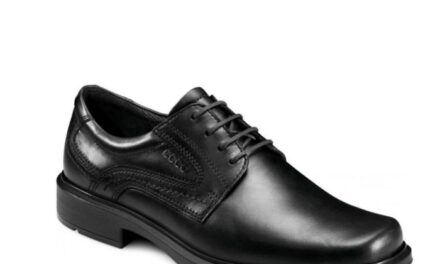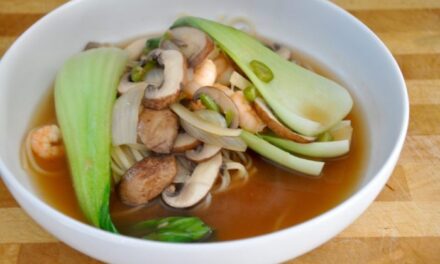How to distinguish 19th century dress style – In the 19th century, the fashion world was filled with elegance and sophistication, with unique dress styles that set the tone for the era. The distinguishing features of 19th century dress styles are a reflection of the societal norms and values of the time, capturing the essence of the period in a single garment.
Identifying 19th Century Dress Styles : How To Distinguish 19th Century Dress Style
One of the key elements of 19th century dress styles is the silhouette. Women’s dresses were characterized by their full skirts and cinched waists, creating a dramatic hourglass shape that was popular during the Victorian era. Men’s fashion, on the other hand, featured tailored suits with structured jackets and trousers that emphasized a slim, masculine figure.
Another defining feature of 19th century dress styles is the use of luxurious fabrics and intricate detailing. Silk, satin, and velvet were commonly used for women’s dresses, while men’s suits were often made from wool or tweed. Embroidery, lace, and beading were popular embellishments that added a touch of opulence to garments.
The color palette of 19th century dress styles was also distinctive, with rich jewel tones such as emerald green, sapphire blue, and ruby red dominating the fashion scene. Pastel shades like blush pink and powder blue were reserved for more delicate, feminine looks, while black was a popular choice for formal evening wear.
Tips for Distinguishing 19th Century Dress Styles
When trying to identify a 19th century dress style, pay attention to the silhouette and shape of the garment. Look for full skirts, cinched waists, and structured jackets that are characteristic of the era.
Examine the fabric and detailing of the garment to get a sense of the quality and craftsmanship. Luxurious fabrics like silk and velvet, as well as intricate embellishments like embroidery and beading, are key indicators of 19th century fashion.
Consider the color palette of the garment, as rich jewel tones and pastel shades were popular choices during the 19th century. Dark colors like black were often used for formal wear, while brighter hues were reserved for more casual or daytime looks.
What You Mean by 19th Century Dress Styles , How to distinguish 19th century dress style
19th century dress styles refer to the fashion trends and garments that were popular during the 1800s. These styles are characterized by their distinctive silhouettes, luxurious fabrics, intricate detailing, and rich color palette, reflecting the elegance and sophistication of the era.
What is Known About 19th Century Dress Styles
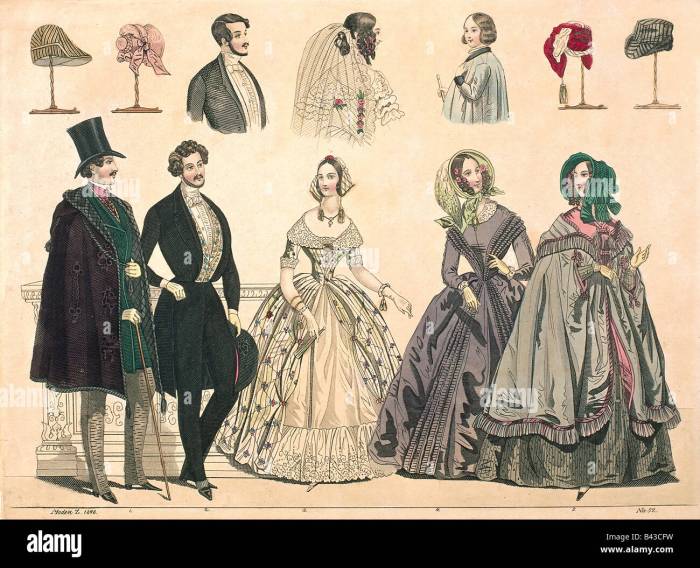
19th century dress styles are well-documented in historical fashion plates, paintings, and photographs from the period. These visual records provide valuable insights into the clothing, accessories, and hairstyles that were fashionable during the 1800s, allowing us to study and appreciate the intricate details of 19th century fashion.
Solution for Distinguishing 19th Century Dress Styles
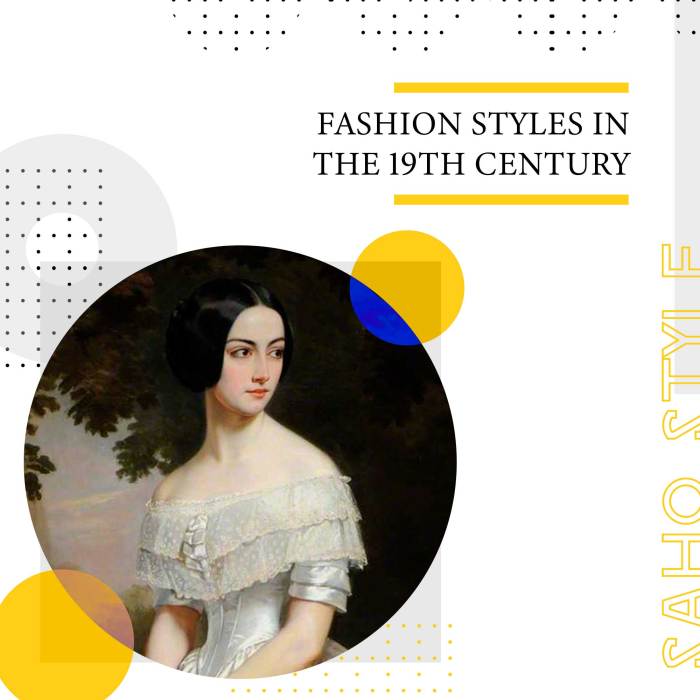
To accurately distinguish 19th century dress styles, it is important to familiarize yourself with the key characteristics of the era, such as silhouette, fabric, detailing, and color palette. By studying historical sources and examples of 19th century fashion, you can develop a keen eye for identifying and appreciating the unique elements of this period in clothing history.
Detail Information on 19th Century Dress Styles
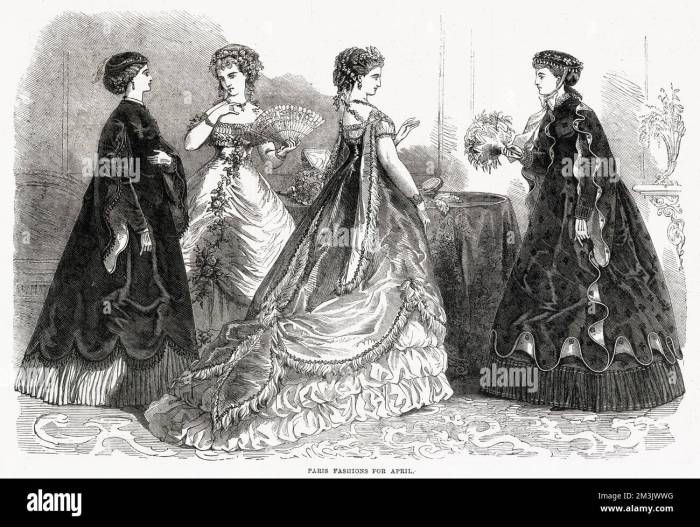
19th century dress styles evolved significantly throughout the century, reflecting changing social, political, and cultural influences. From the romantic styles of the early 1800s to the more tailored and structured looks of the late Victorian era, 19th century fashion was a dynamic and diverse landscape that continues to inspire designers and fashion enthusiasts today.
When it comes to cooking roast pork Cuban style, it is essential to marinate the meat with a blend of citrus juices and spices before slow-roasting it to perfection. For a step-by-step guide on how to achieve this delicious dish, check out how to cook roast pork Cuban style.
Women’s dresses in the early 19th century featured high waistlines and empire silhouettes, influenced by the classical styles of ancient Greece and Rome. As the century progressed, skirts became fuller and waistlines dropped, creating the iconic hourglass shape of the Victorian era. Men’s fashion also underwent transformations, with tailored suits and formal attire becoming more prevalent in the mid to late 19th century.
The Industrial Revolution played a significant role in shaping 19th century dress styles, as innovations in textile manufacturing and garment production made fashionable clothing more accessible to a wider range of people. The rise of department stores and ready-to-wear clothing also contributed to the democratization of fashion, allowing individuals from all social classes to participate in the trends of the time.
Describe in Depth 19th Century Dress Styles
19th century dress styles encompass a wide range of garments and accessories that were popular during the 1800s. Women’s fashion included dresses, skirts, blouses, and outerwear, often embellished with lace, embroidery, and beading. Men’s fashion featured suits, trousers, shirts, and coats, tailored to fit the body and emphasize a masculine silhouette. Accessories such as hats, gloves, and jewelry were essential components of 19th century dress styles, adding a finishing touch to the overall look.
The evolution of 19th century dress styles can be traced through the decades, from the romantic and ethereal designs of the early 1800s to the structured and refined looks of the late Victorian era. Each period of the 19th century had its own unique aesthetic and fashion trends, influenced by the cultural and social context of the time. By studying the clothing and accessories of this period, we can gain a deeper understanding of the history and evolution of fashion.
Conclusion
In conclusion, 19th century dress styles are a fascinating and richly detailed reflection of the era, capturing the elegance and sophistication of the time in every garment. By understanding the key characteristics of 19th century fashion, such as silhouette, fabric, detailing, and color palette, we can appreciate the beauty and craftsmanship of these historical garments. Whether you’re a fashion enthusiast, historian, or simply curious about the trends of the past, exploring 19th century dress styles offers a glimpse into a bygone era of style and glamour.
Oh, my dear friend, have you ever wondered how to cook roast pork Cuban style? It is truly a delightful dish that combines flavorful spices and tender meat. If you are curious to learn more about this mouth-watering recipe, I highly recommend checking out this guide on how to cook roast pork Cuban style. May your culinary adventures be blessed with deliciousness!
FAQs About 19th Century Dress Styles
1. How can I distinguish between early 19th century and late 19th century dress styles?
2. What role did social class play in shaping 19th century fashion trends?
3.
Were there any notable designers or fashion houses in the 19th century?
4. How did advancements in technology impact 19th century dress styles?
5. Are there any modern fashion trends that are inspired by 19th century fashion?
